Home>Gardening & Outdoor>Landscaping Ideas>What Kind Of Rake For Dead Grass
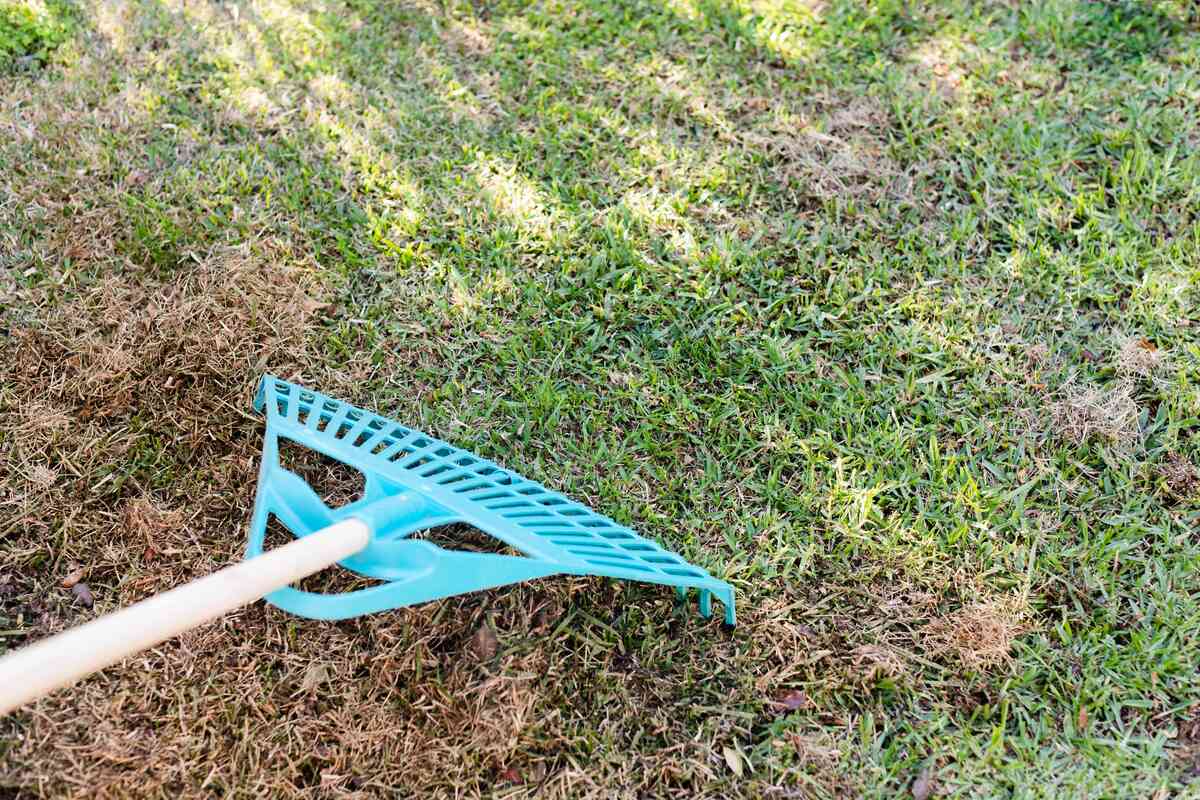

Landscaping Ideas
What Kind Of Rake For Dead Grass
Modified: August 16, 2024
Discover the best rake for dead grass and other landscaping ideas to keep your yard looking pristine. Find the perfect tools for your outdoor space!
(Many of the links in this article redirect to a specific reviewed product. Your purchase of these products through affiliate links helps to generate commission for Storables.com, at no extra cost. Learn more)
Introduction
Welcome to the world of landscaping, where the care and maintenance of your lawn are essential for achieving a lush, green paradise. One common issue that homeowners face is dealing with dead grass, which can accumulate and hinder the health of your lawn. Fortunately, using the right tools, such as the appropriate rake, can help you effectively manage this problem. In this article, we’ll explore the various types of rakes available and provide insights on selecting the best one for addressing dead grass. Let’s dive in and uncover the secrets to reviving your lawn’s natural beauty.
Key Takeaways:
- Choose the right rake based on your lawn’s needs, size, and your personal preferences to effectively manage dead grass without harming healthy turf.
- Consider the extent of thatch, yard size, grass sensitivity, and your budget when selecting a rake to revive your lawn’s natural beauty.
Read more: How To Rake Out Dead Grass
Types of Rakes
Rakes come in a variety of designs, each tailored to specific landscaping tasks. When it comes to addressing dead grass, there are several types of rakes that can be utilized:
- Thatch Rake: This type of rake features sharp, rigid tines that are specifically designed to penetrate the thatch layer and pull up dead grass, moss, and other debris. Thatch rakes are ideal for dethatching your lawn, which involves removing the layer of dead grass and roots that can suffocate healthy grass.
- Lawn Rake: Also known as a leaf rake, this tool is characterized by its fan-shaped head with flexible tines. While primarily used for gathering leaves and light debris, a lawn rake can also be effective for gently raking through dead grass without damaging the healthy turf underneath.
- Powder-Coated Rake: These rakes are constructed with a durable, powder-coated steel head and sturdy handle. They are suitable for heavier-duty tasks, such as clearing dead grass and debris from larger areas or rough terrain.
- Electric Dethatcher Rake: For larger lawns or extensive dead grass coverage, an electric dethatcher rake can be a time-saving option. This powered tool features rotating tines that efficiently lift dead grass and thatch, promoting better air circulation and water absorption in the soil.
Each type of rake offers unique benefits and is designed to address specific landscaping needs. Understanding the differences between these rakes can help you make an informed decision when selecting the most suitable tool for managing dead grass on your lawn.
Considerations for Dead Grass
Dealing with dead grass requires careful consideration of several factors to ensure effective removal without causing harm to the healthy turf. Here are some essential considerations when addressing dead grass:
- Extent of Accumulation: Assess the extent of dead grass accumulation on your lawn. Is it a thin layer or a thicker thatch that requires more intensive removal?
- Soil Condition: Consider the condition of the soil beneath the dead grass. Compacted soil can contribute to thatch buildup, so aerating the soil may be necessary to prevent future dead grass issues.
- Grass Type: Different grass species may react differently to raking. Understanding the characteristics of your grass can help you determine the most suitable approach for managing dead grass without damaging the healthy turf.
- Time of Year: Timing is crucial when addressing dead grass. Spring and fall are optimal seasons for dethatching, as the grass is actively growing, and the weather conditions are conducive to recovery.
- Overall Lawn Health: Consider the overall health of your lawn. Addressing dead grass is just one aspect of lawn care, so it’s essential to incorporate proper watering, fertilization, and mowing practices to maintain a healthy turf.
By taking these considerations into account, you can develop a strategic approach to managing dead grass effectively while promoting the overall health and vitality of your lawn. Choosing the right rake and employing proper techniques will play a significant role in achieving successful results.
A thatch rake with sharp, curved tines is best for removing dead grass. It helps to loosen and lift the thatch without damaging the healthy grass underneath.
Choosing the Right Rake
When it comes to selecting the right rake for managing dead grass, several factors should influence your decision. Consider the following guidelines to ensure you choose the most suitable tool for the task:
- Thatch Thickness: If your lawn has a significant thatch buildup, a thatch rake with sharp, rigid tines is recommended for effectively removing dead grass and debris. For thinner thatch layers, a lawn rake with flexible tines may suffice.
- Yard Size: The size of your yard and the extent of dead grass coverage will dictate the type of rake you need. For larger areas, a powered dethatcher rake or a durable powder-coated rake may provide more efficient and effective results.
- Grass Sensitivity: Consider the sensitivity of your grass to ensure that the rake’s tines are not overly aggressive, which could damage the healthy turf. Gentle, flexible tines are suitable for most grass types and are less likely to cause harm during the dethatching process.
- Personal Preference: Your physical capabilities and personal preferences should also be considered. Some individuals may prefer the convenience of an electric dethatcher rake, while others may opt for the traditional approach using a manual thatch or lawn rake.
- Budget and Longevity: Evaluate your budget and the longevity of the rake. Investing in a high-quality rake that suits your specific needs may provide long-term value and durability, ultimately saving you time and effort in maintaining your lawn.
By carefully assessing these factors, you can make an informed decision when choosing the right rake for managing dead grass. Additionally, familiarizing yourself with the proper techniques for dethatching and raking will further contribute to the success of your lawn maintenance efforts.
Conclusion
Managing dead grass is an essential aspect of maintaining a healthy and vibrant lawn. By understanding the various types of rakes available and considering the specific needs of your lawn, you can effectively address dead grass accumulation without compromising the overall health of your turf.
Whether you opt for a thatch rake, a lawn rake, a powder-coated rake, or an electric dethatcher rake, selecting the right tool for the job is crucial. Take into account the extent of thatch, the size of your yard, the sensitivity of your grass, and your personal preferences to make an informed choice.
Remember to incorporate proper lawn care practices, such as regular watering, fertilization, and mowing, to complement your dethatching efforts. Timing your dethatching activities during the optimal seasons and being mindful of soil condition and grass type will contribute to the long-term health and beauty of your lawn.
With the right rake and a strategic approach, you can effectively manage dead grass and promote the lush, green landscape you desire. So, roll up your sleeves, select the perfect rake for the job, and watch your lawn thrive with renewed vitality.
Frequently Asked Questions about What Kind Of Rake For Dead Grass
Was this page helpful?
At Storables.com, we guarantee accurate and reliable information. Our content, validated by Expert Board Contributors, is crafted following stringent Editorial Policies. We're committed to providing you with well-researched, expert-backed insights for all your informational needs.
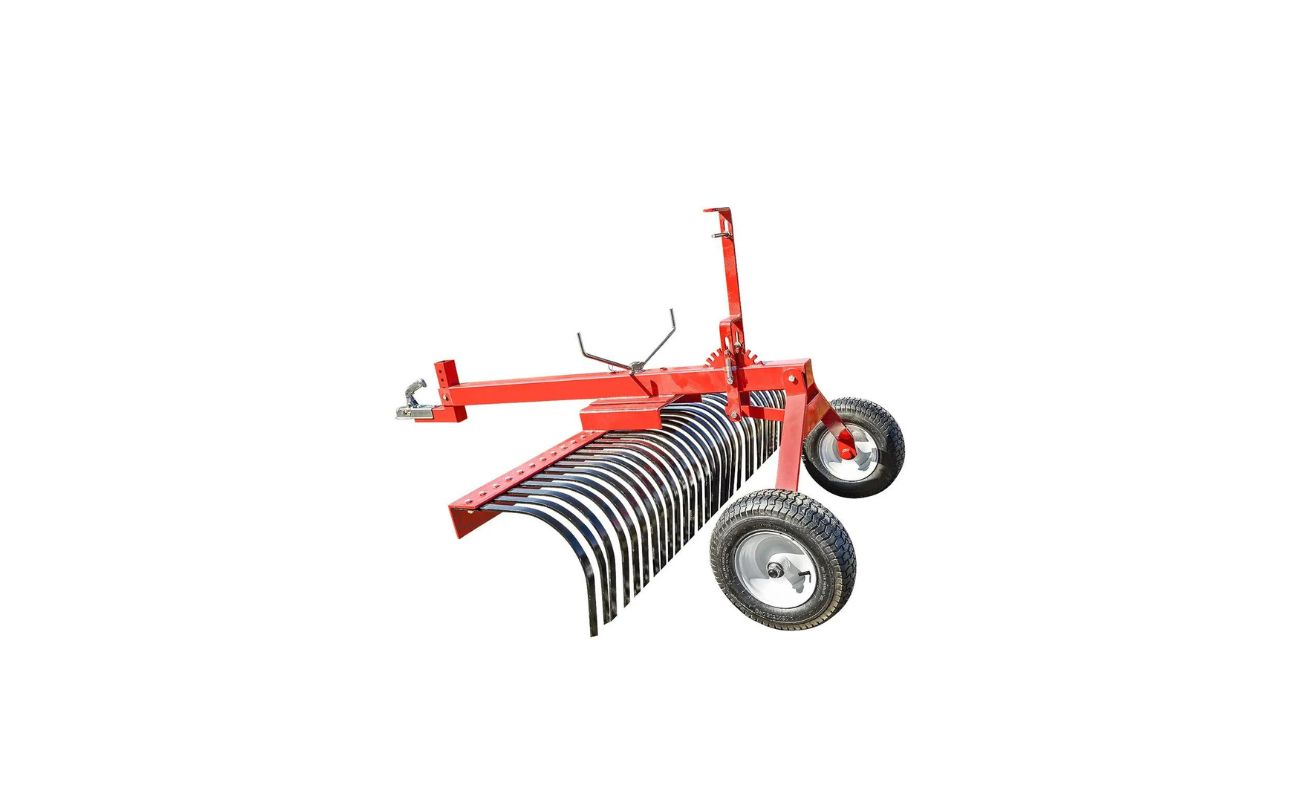
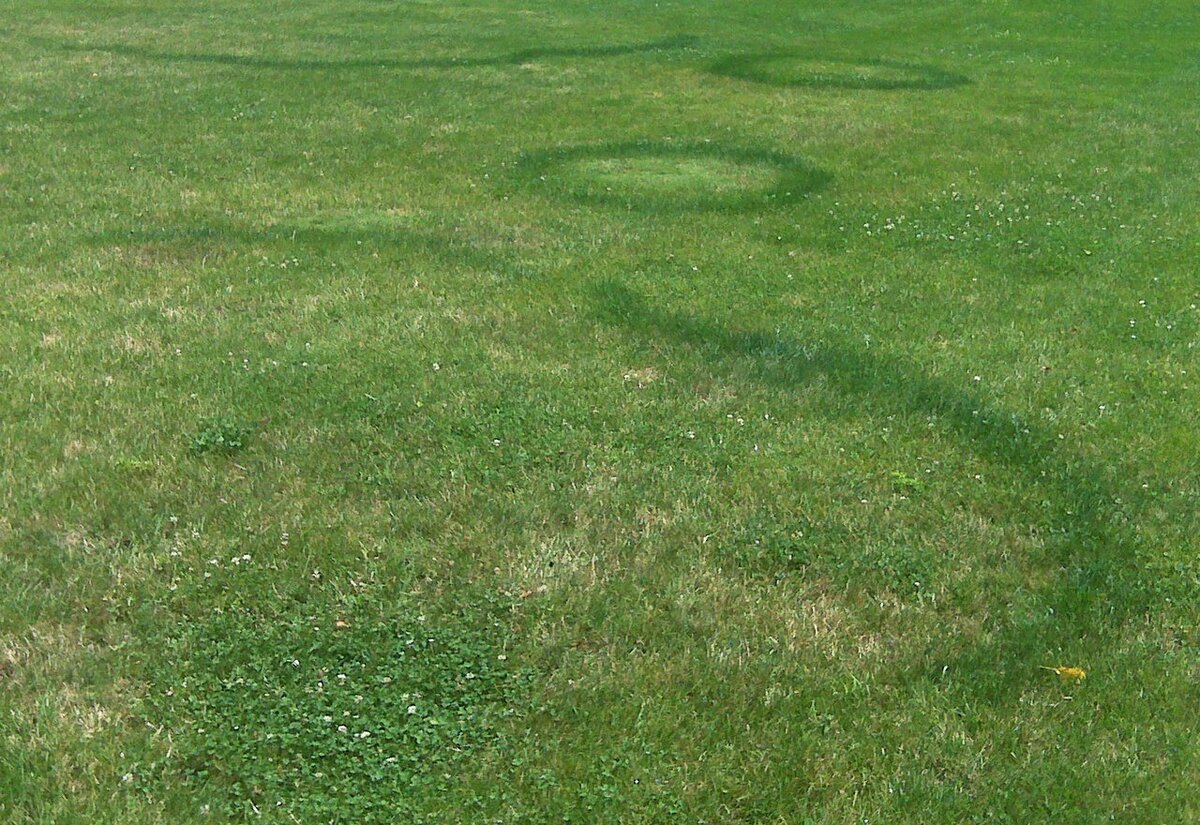
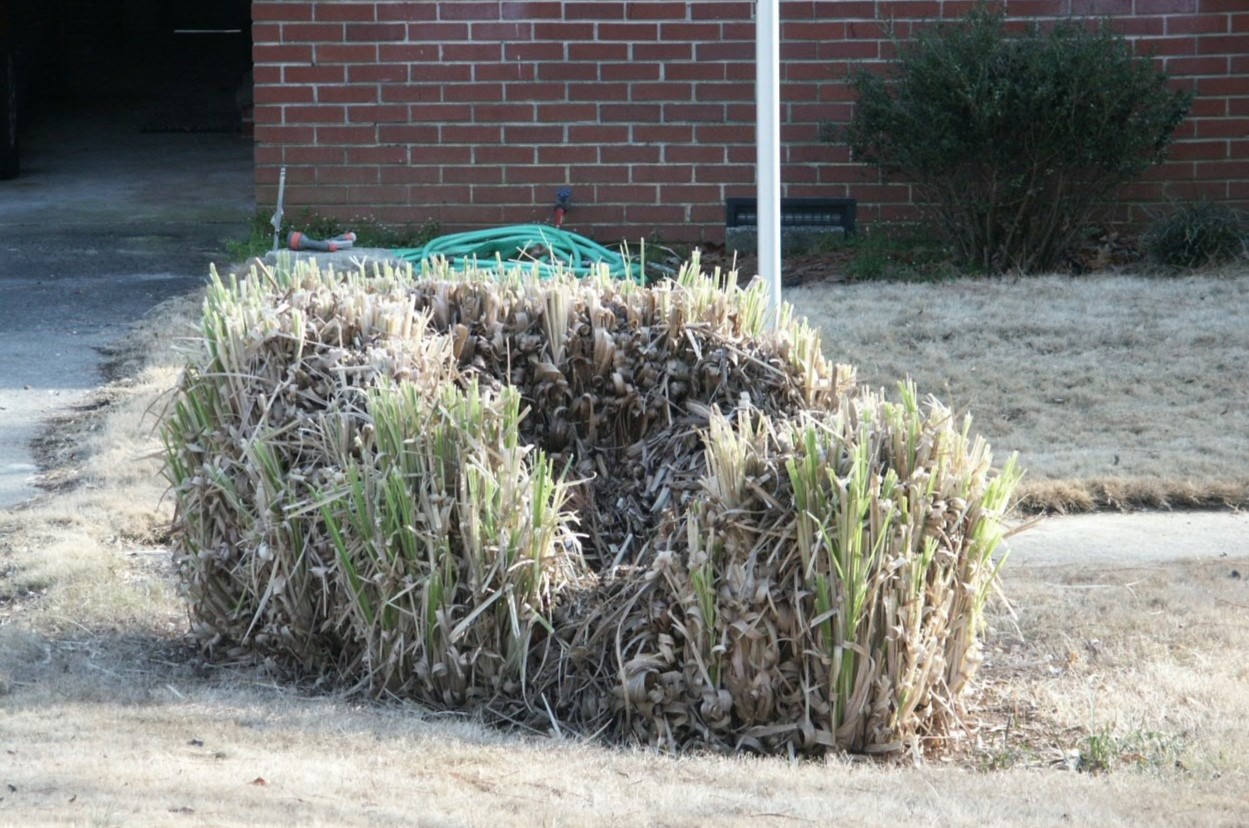
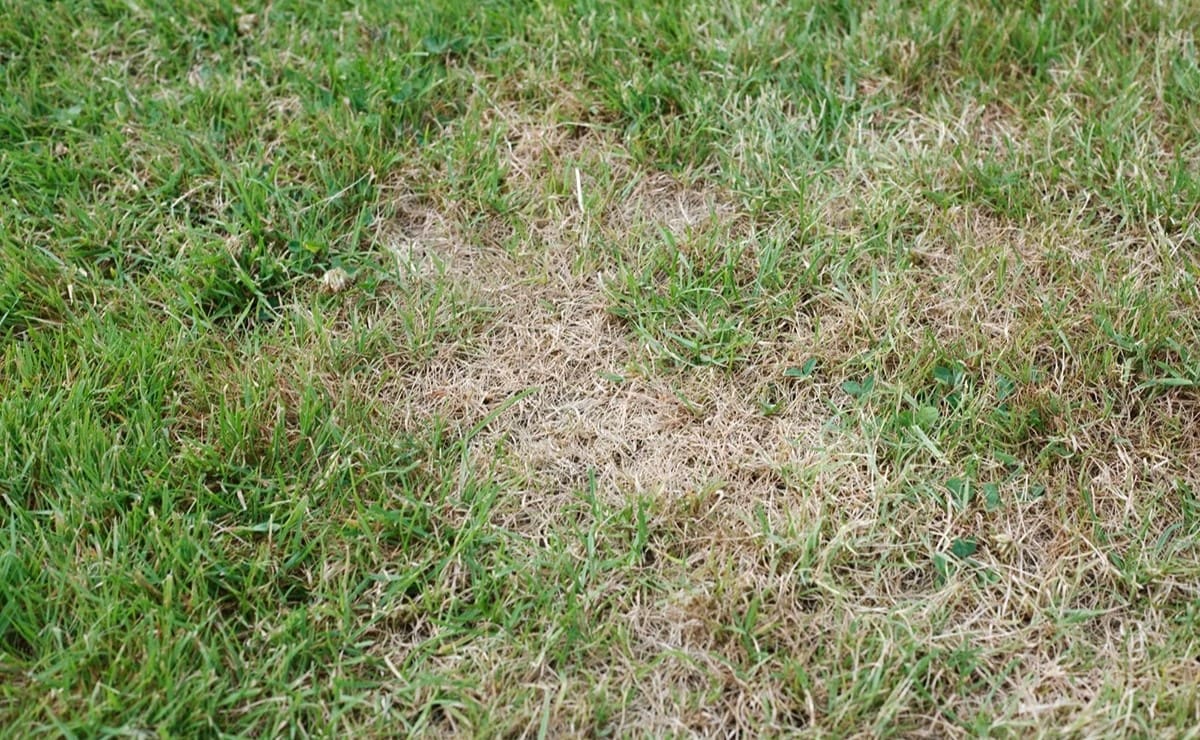

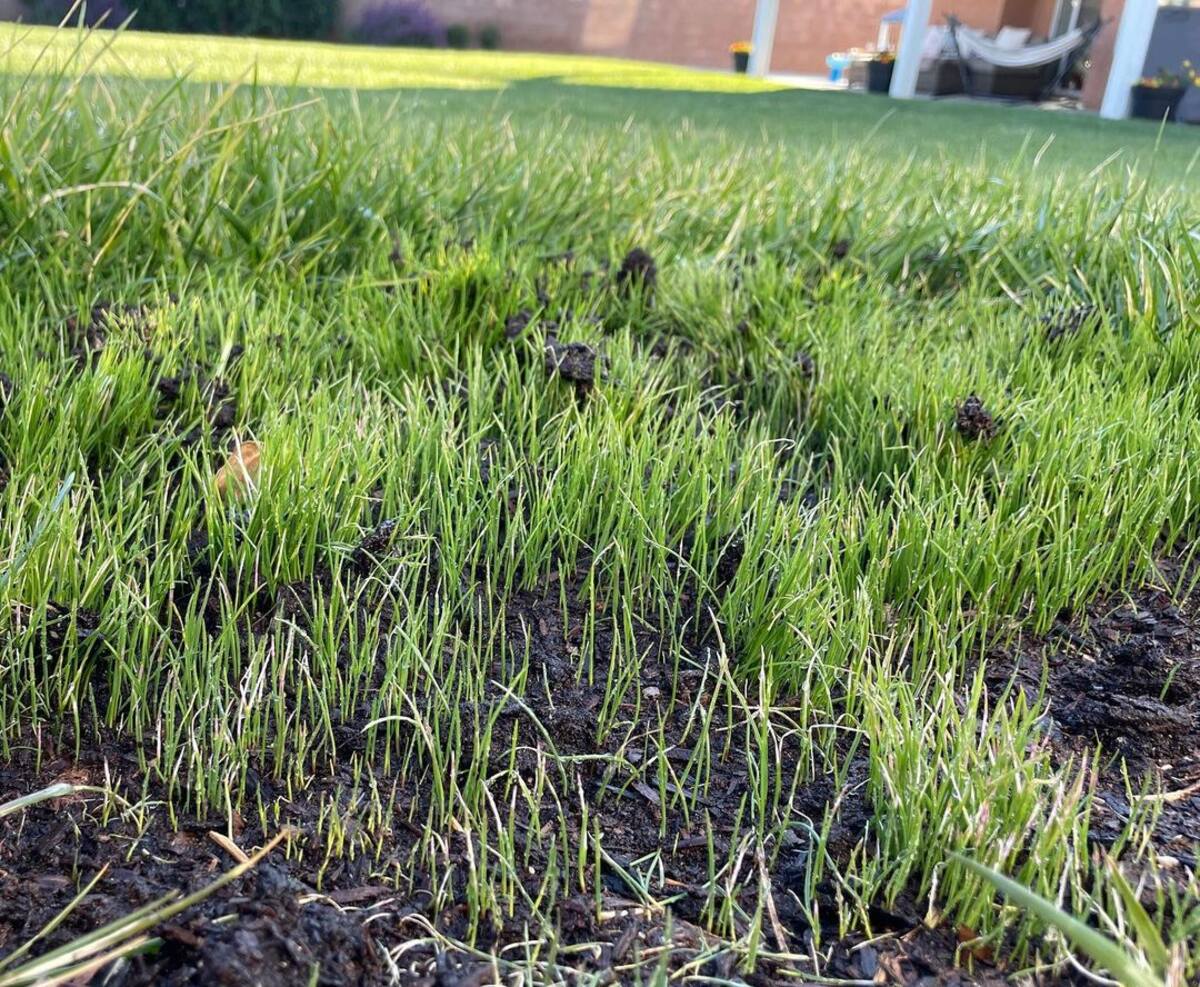
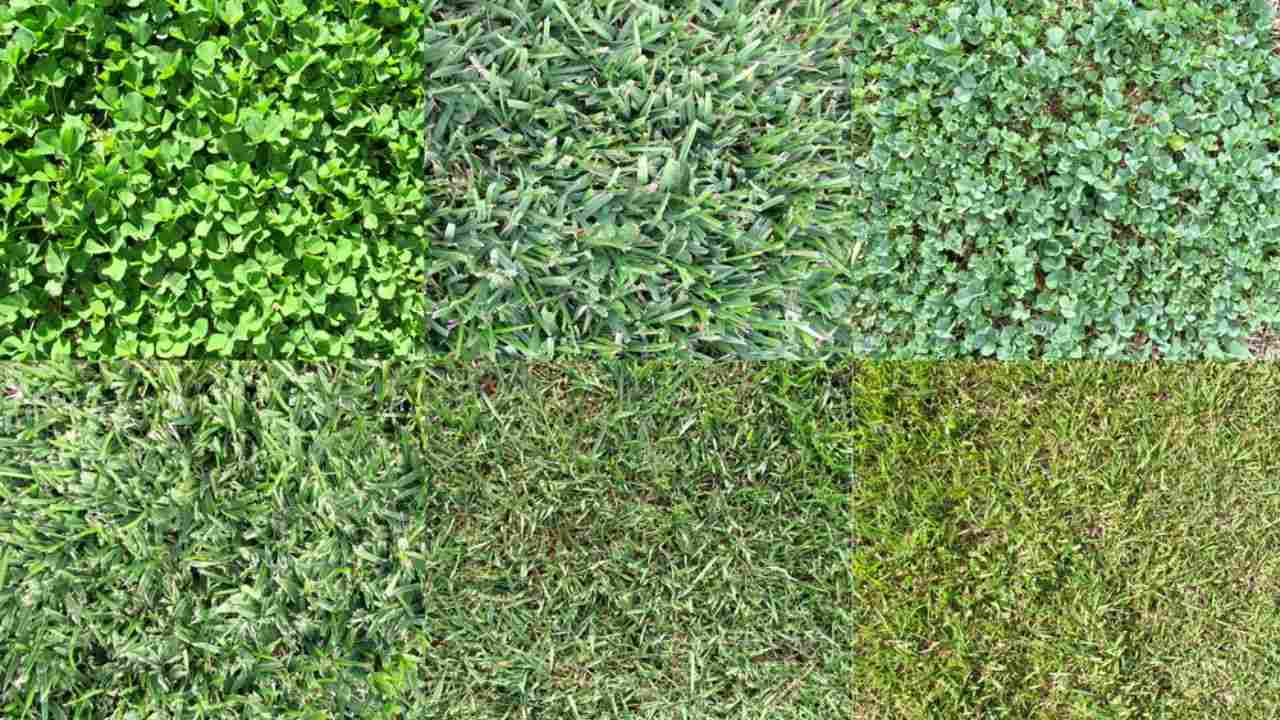
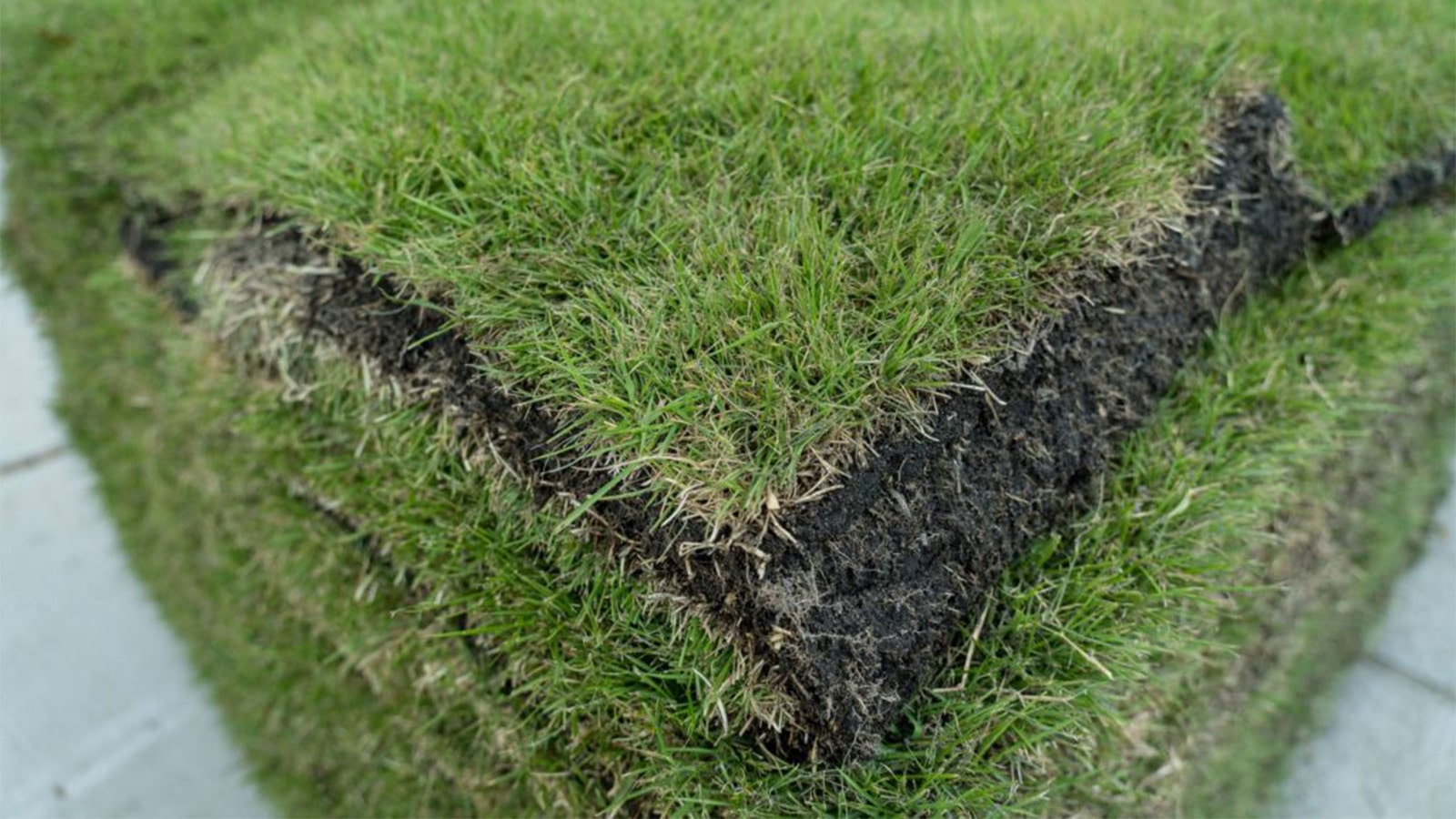

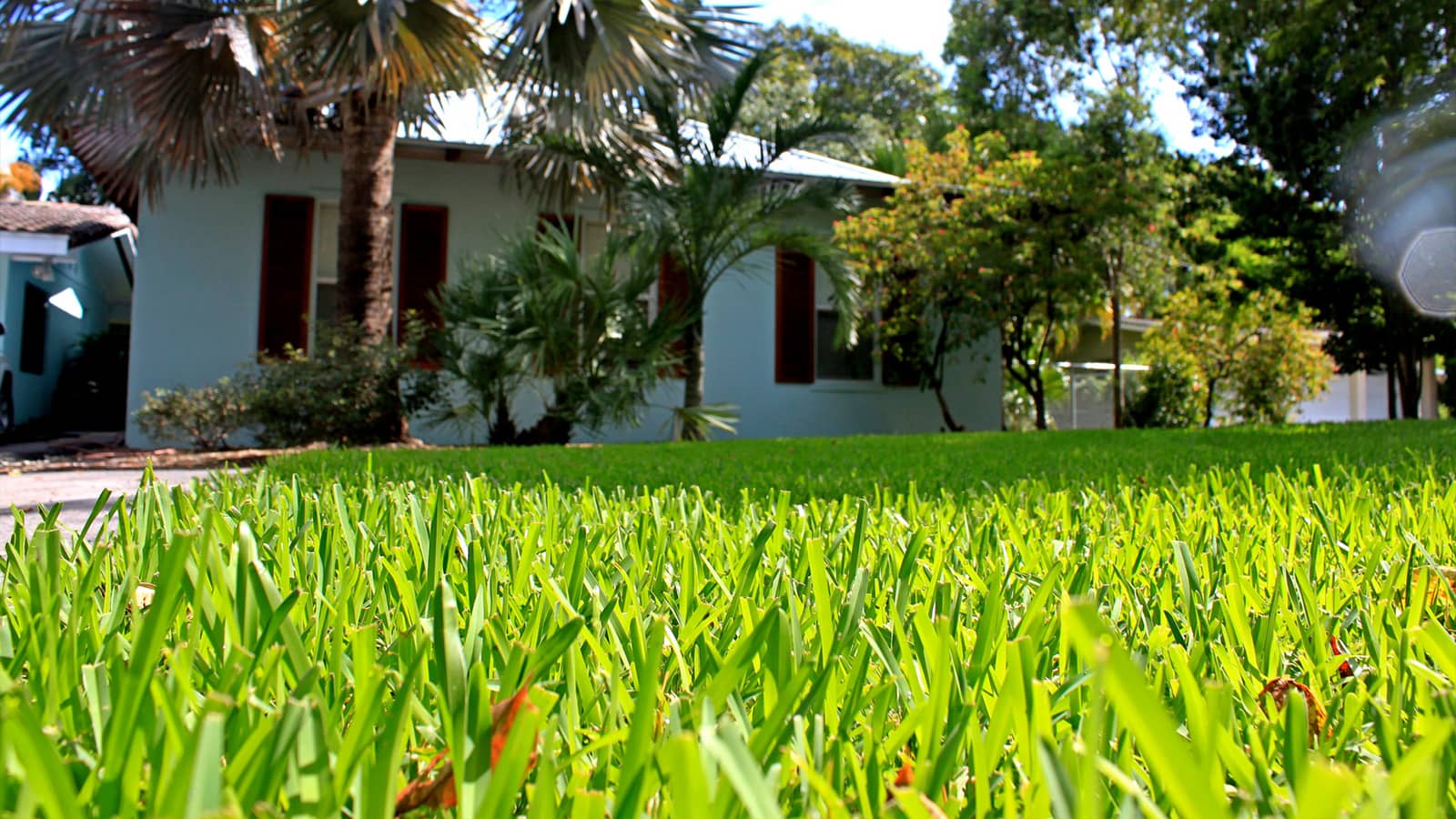
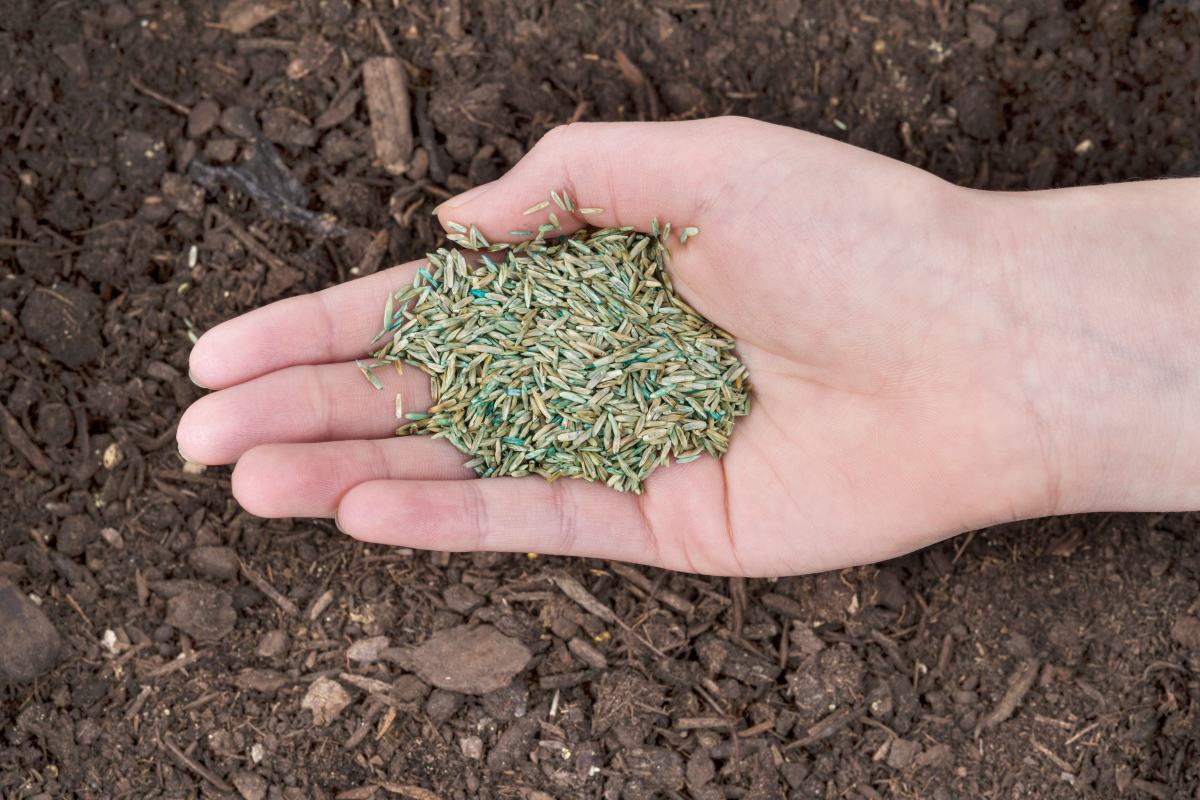
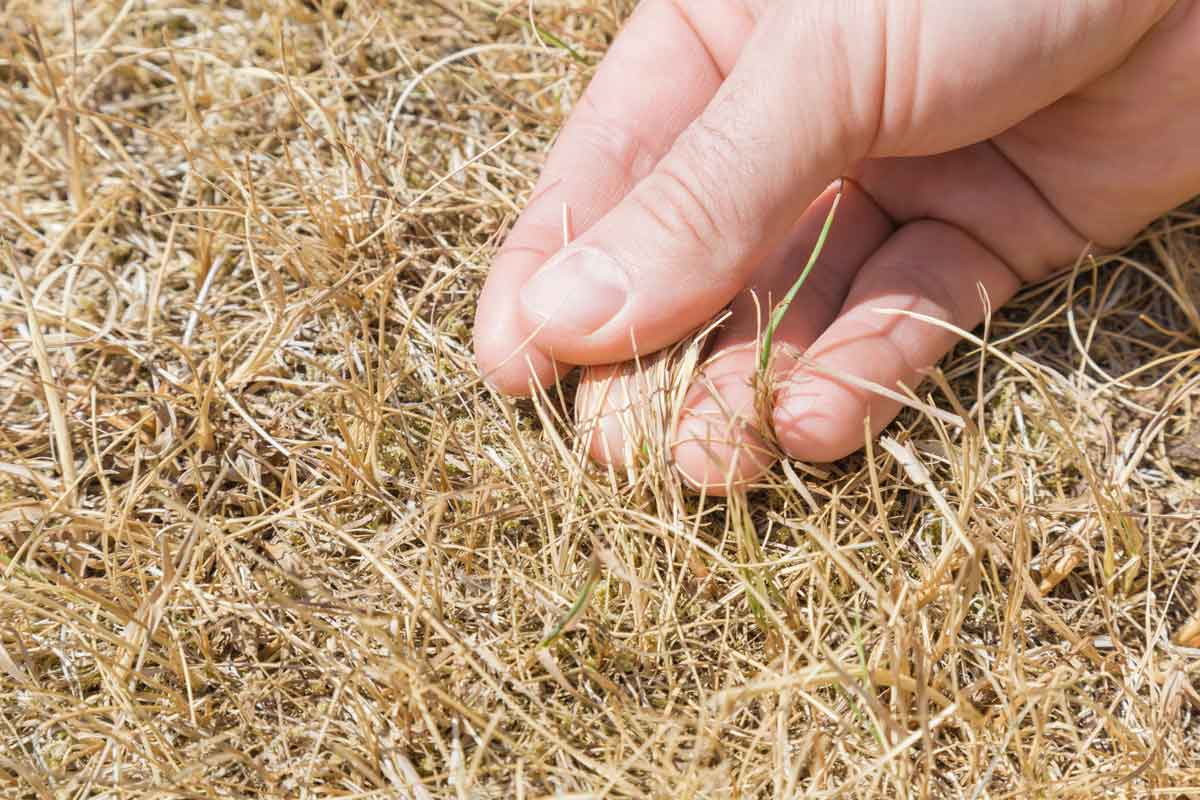
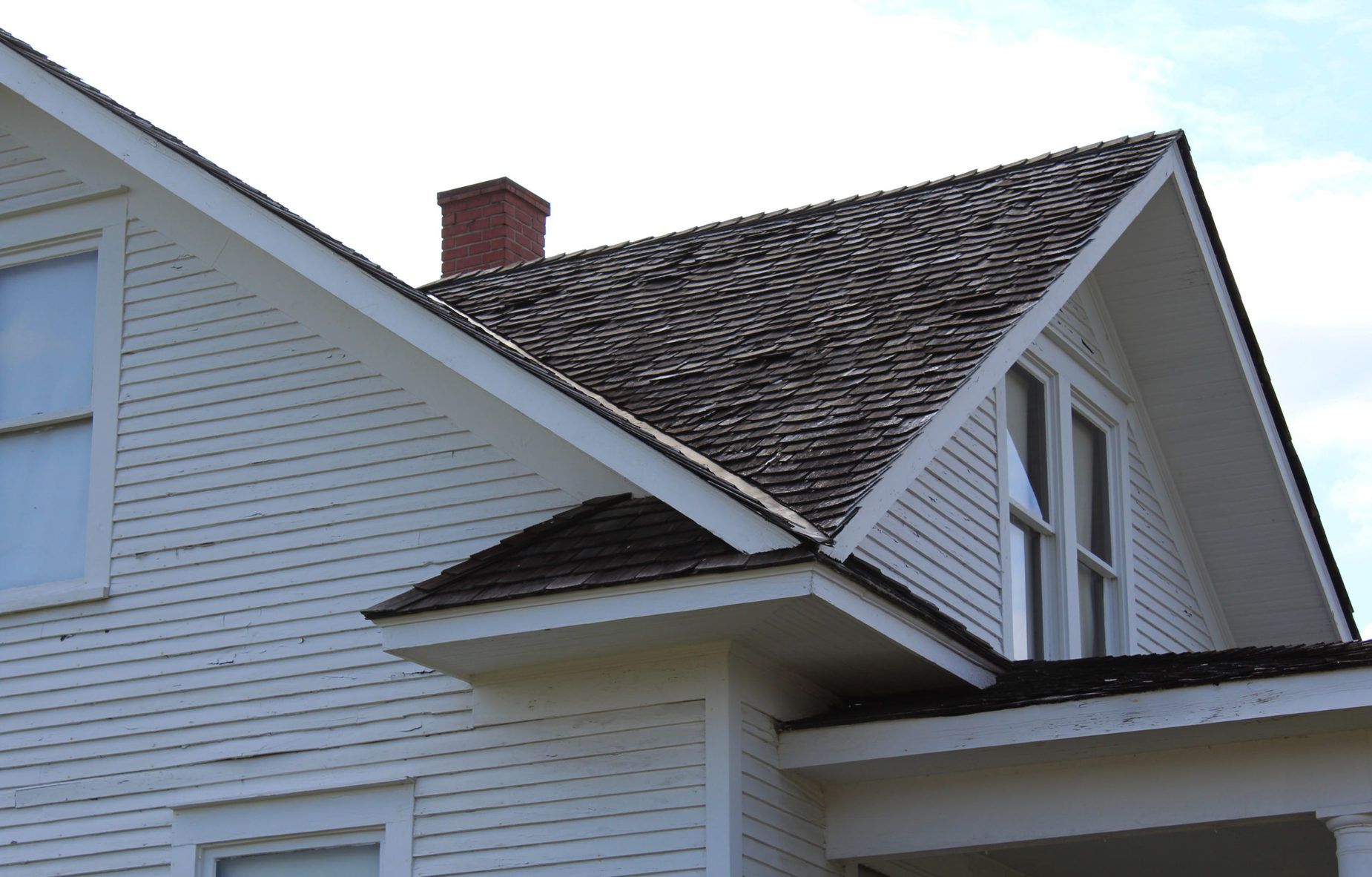
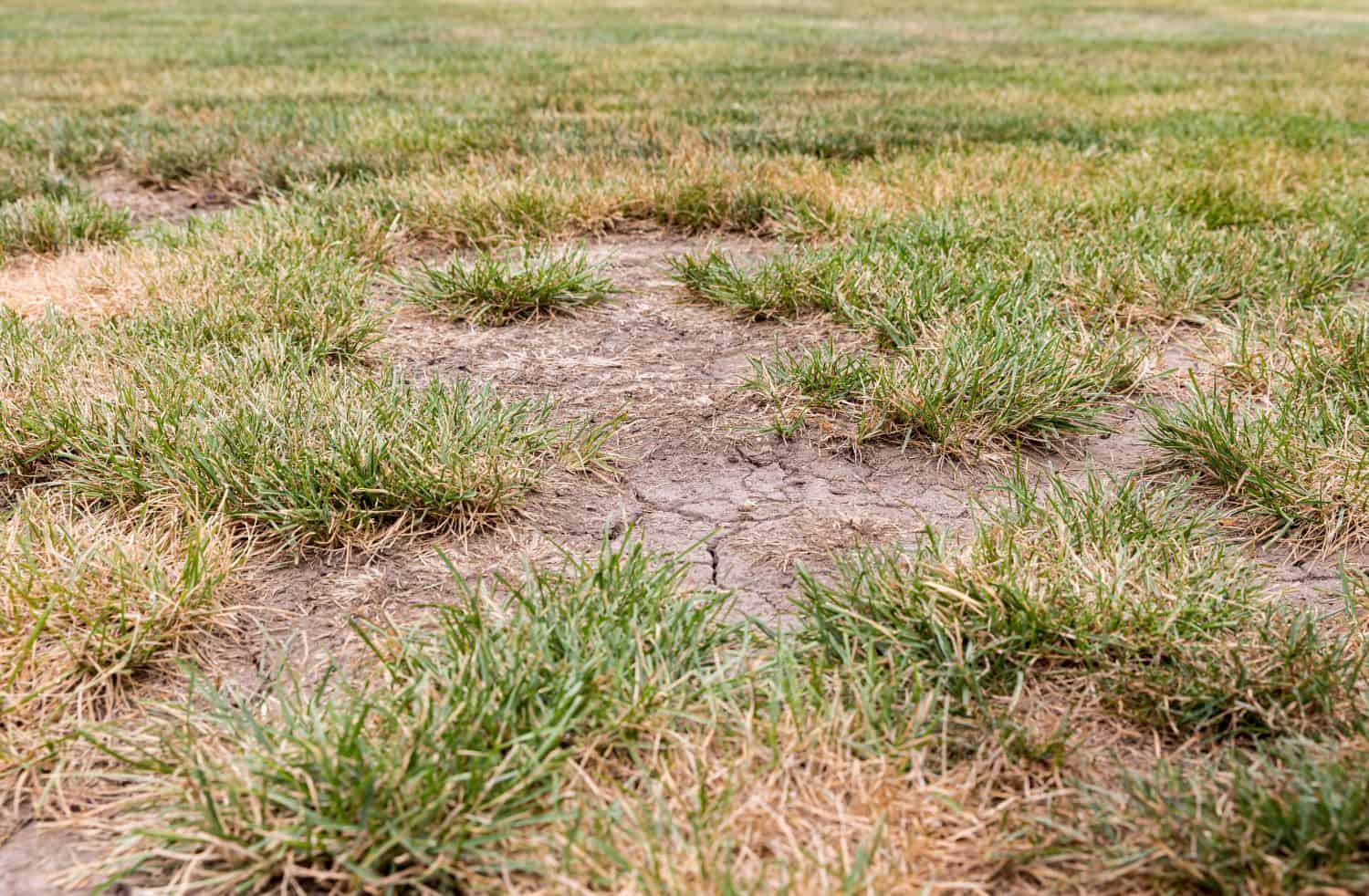
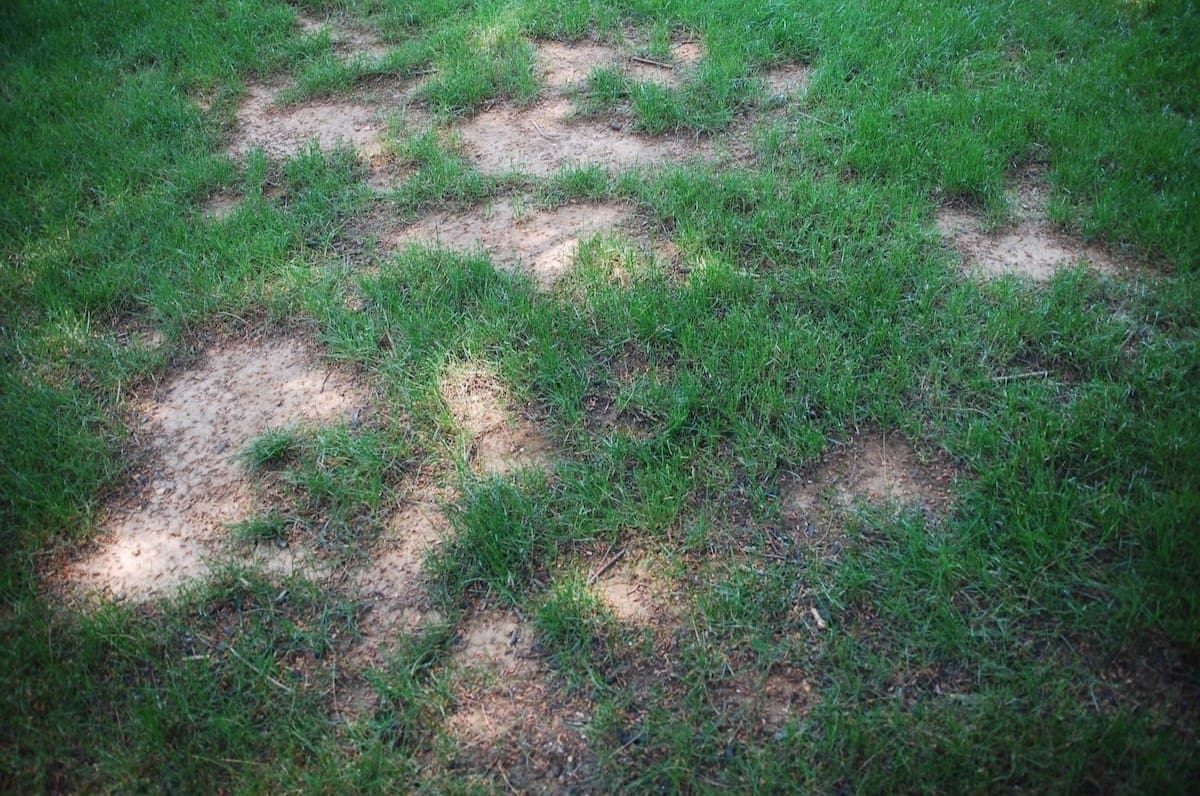

0 thoughts on “What Kind Of Rake For Dead Grass”